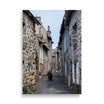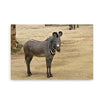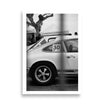Filtering in photography is a technique of using a mesh or veil to partially blur or blur an image. This can be done for a variety of reasons, such as to reduce background distractions, to add depth to an image, or to create an artistic effect.
The use of a net in photography can be achieved either by using a physical filter that is placed in front of the camera lens, or by using post-production techniques on the computer. Physical filters are often made of glass or plastic and can be purchased to fit various lens sizes.
When using a physical filter, the photographer can choose to place it on the camera lens or hold it in front of the lens during the exposure. Physical filters can also be combined to create more complex effects, such as gradient filters that gradually reduce image sharpness.
In post-production, photographers can use tools such as masking layers and blur filters to create effects similar to those achieved using physical filters. This method offers more flexibility and control for photographers, as they can adjust the blur settings after taking the photo.
By using filtering in photography, photographers can control the sharpness and focus of their image to create unique artistic effects. This technique can also be used to minimize background distractions and to add depth to an image. Finally, it can also be used to accentuate the subjectivity of an image by creating a blurry effect that draws attention to the sharp part of the image.
Discover my wall posters on the theme of net photography HERE


































































Leave a comment
This site is protected by hCaptcha and the hCaptcha Privacy Policy and Terms of Service apply.